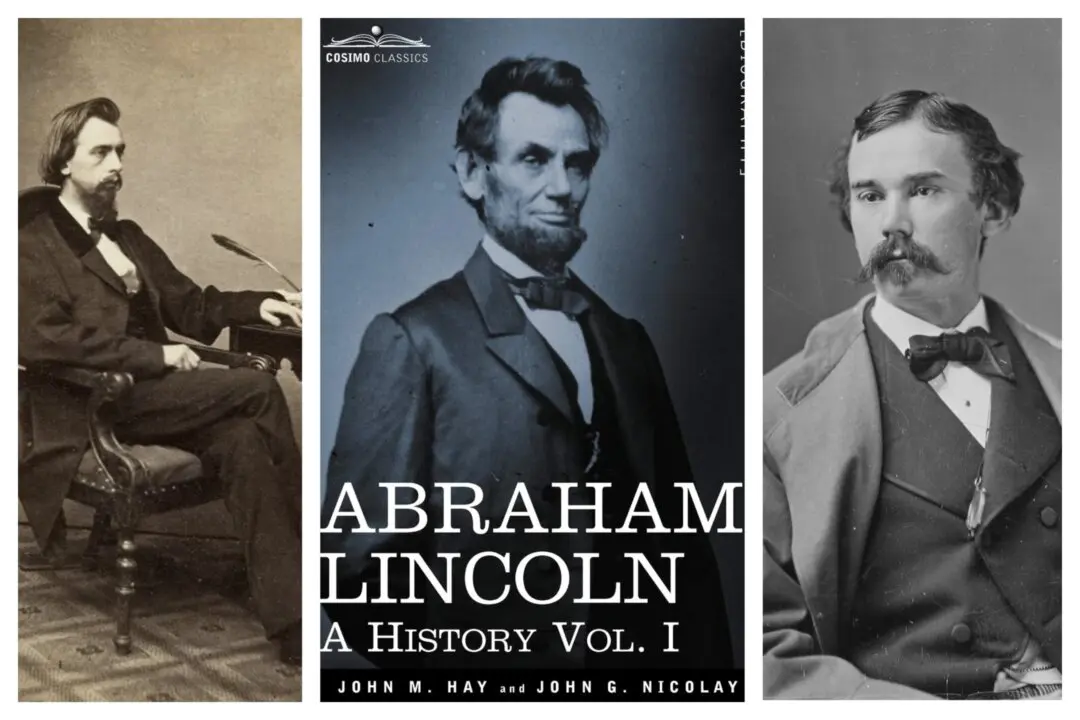Dolley Madison, wife of the fourth president, James Madison, had more than a few things in common with the “first” first lady, Martha Washington. Dolley, like Martha, was a young, widowed mother when she married the man who was to become president of the United States. She was born in Guilford County, North Carolina, to Quaker parents, and in 1790 married Quaker lawyer John Todd. But just three years later, yellow fever took the life of Dolley’s husband and youngest son, as well as her father- and mother-in-law.
It was Aaron Burr (primarily famous for killing Alexander Hamilton in a duel), a friend of James Madison, who introduced the 43-year-old bachelor to the 26-year-old widow at a soiree in 1794. They were married by the end of the year, but by their uniting, Dolley was banished from her foundational Quaker religion due to James’s Episcopalian faith.





